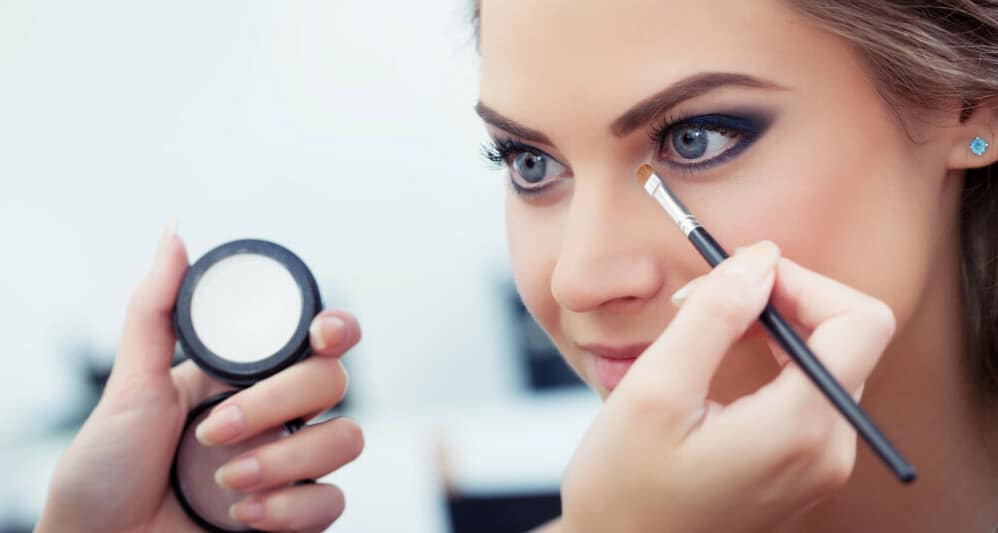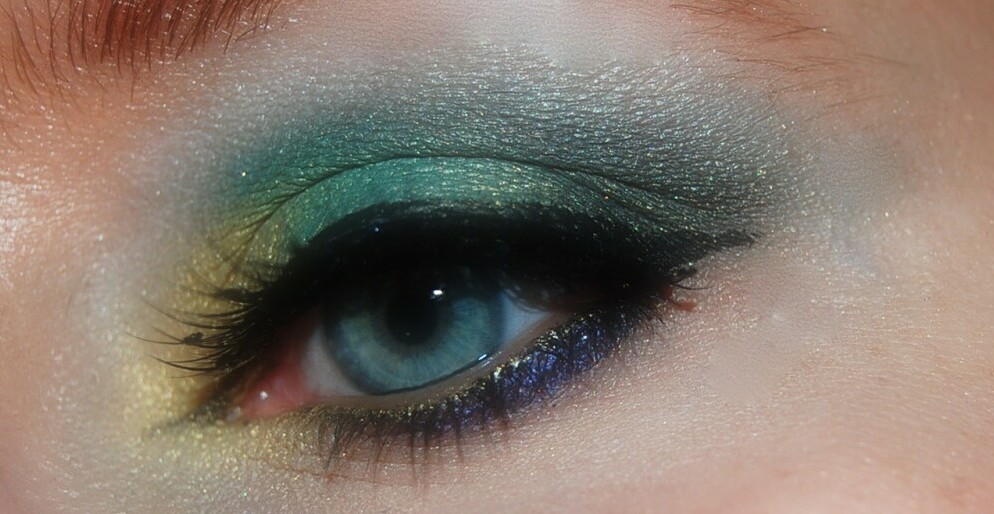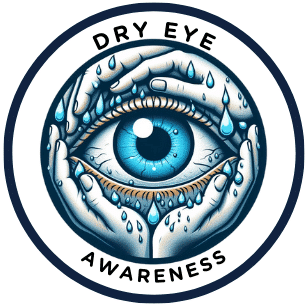
I know how frustrating it can be when your eyes feel dry and uncomfortable, and you want to look your best. Dry Eye Syndrome affects millions of people, leading to symptoms like itchiness, redness, and a gritty sensation that can be exacerbated by makeup. It’s a condition where your eyes do not produce tears properly, or when the tears are not of the correct consistency and evaporate too quickly.
While makeup can elevate your appearance and boost your confidence, it’s crucial to understand how it interacts with your eye health, especially for those with Dry Eye Syndrome. Certain makeup products can clog the glands around the eyes or flake into them, causing additional irritation or even worsening your condition. That’s why it’s essential to be informed and cautious with makeup application.
Maintaining the health of your eyes doesn’t mean you have to give up on makeup altogether. It’s about finding a balance and being mindful of the products and practices you choose. The key is to apply makeup in a way that minimizes the risk of irritation and supports eye health, without compromising on the beauty routine that helps you feel like your best self.
Choosing the Right Makeup for Dry Eyes

When you have dry eye syndrome, every blink can feel uncomfortable, and the thought of putting makeup near your eyes might seem daunting. But I’ve learned that it doesn’t have to be. With the right products, you can still enjoy enhancing your eyes without aggravating your symptoms.
First off, pay close attention to the ingredients. There are preservatives and other chemicals in some makeup that can make dry eye worse. For example, alcohol can be drying, while parabens and phthalates might lead to irritation. Steer clear of these.
Look for products specifically designed for sensitive eyes. There are makeup brands that formulate products without irritating substances, frequently recommended by eye care professionals.
Now, let’s talk about reading labels. It’s not just the food that needs inspecting. Makeup should be treated the same way. Labels can be your roadmap to finding safe cosmetics. Look for products labeled ‘ophthalmologist-tested,’ ‘hypoallergenic,’ or ‘suitable for contact lens wearers’ as a good starting point.
And remember, the safest product is the one that’s used correctly. Expired makeup can harbor bacteria that make dry eye symptoms worse. So I always check the expiration date and replace makeup, especially mascara, every three months.
Application Techniques for Minimizing Dry Eye Discomfort

Applying makeup should be a breeze, not a battle with discomfort. If you have dry eyes, the way you apply makeup is just as critical as the products you choose. Start with a clean canvas: ensure you gently but thoroughly cleanse your face and eyelids. This gets rid of any particles or residue that could exacerbate dryness or enter your eyes during makeup application.
Applying eyeliner on the waterline, often called the ‘tightline,’ might seem like a good way to define your eyes but this can block the meibomian glands that produce oils essential for a healthy tear film. Stick to lining the base of your lashes and choose pencil liners over liquid ones – they tend to be softer and less irritating.
Mascara is non-negotiable for many, but it’s a common irritant. To keep the glamour while protecting your eyes, opt for hypoallergenic mascara and remember to replace it at least every three months to prevent bacteria buildup. Apply mascara carefully to avoid touching the eyelid or the base of lashes where glands are more likely to get blocked.
If eyeshadow is a must, go for cream-based ones instead of powders which can flake into your eyes. And when it’s time to take off the day’s makeup, choose a gentle, preservative-free remover – this helps prevent any harsh rubbing and unnecessary strain on your eyes.
With these techniques, makeup application can become a safe step in your daily routine. Remember, protecting your eye health should always be a priority, and every aspect of your makeup regimen should reflect that.
Maintaining Eye Health with Routine Care and Management

I can’t stress enough the significance of regular eye check-ups, especially if you’re dealing with Dry Eye Syndrome. An optometrist can help monitor the health of your eyes and suggest adjustments to your makeup routine or prescribe treatment if necessary.
Your daily routine should focus on keeping your eyes well-moisturized and healthy. Simple actions like using artificial tears, maintaining an adequate level of humidity at home, and taking breaks during screen time can go a long way.
Knowing when to seek professional help is crucial. If you find your symptoms persisting or worsening despite taking preventive measures, it’s ESSENTIAL to consult with an eye care specialist. They can offer specialized treatments or suggest changes that can provide relief, allowing you to continue wearing makeup comfortably.
Incorporating these practices into your lifestyle not only helps manage Dry Eye Syndrome but also supports overall eye health. Remember, wearing makeup should be a choice that enhances your confidence and expresses your personal style, not a source of discomfort. By being mindful of your eye care routine, you can enjoy the creativity makeup offers without sacrificing comfort.

Hi Mark, thank you for this insightful post on managing Dry Eye Syndrome while wearing makeup! Your advice on choosing the right products and being mindful of application techniques is really helpful. I’m definitely going to be more diligent about taking breaks from screen time. Your emphasis on regular eye check-ups is a great reminder. Thanks again for sharing these valuable tips!
I am glad you found it helpful